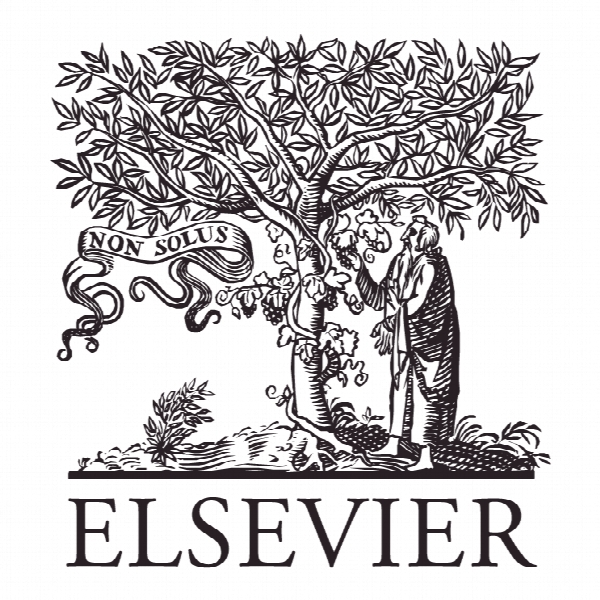معانی فن آوری ارتباطی در جلسات تیم مجازی: فریم تعامل مربوط به فن آوری Meanings of communication technology in virtual team meetings: Framing technology-related interaction
- نوع فایل : کتاب
- زبان : انگلیسی
- ناشر : Elsevier
- چاپ و سال / کشور: 2018
توضیحات
رشته های مرتبط مدیریت، مهندسی صنایع
گرایش های مرتبط مدیریت نواوری و فناوری، مدیریت فناوری اطلاعات
مجله بین المللی مطالعات انسانی-کامپیوتر – International Journal of Human-Computer Studies
دانشگاه University of Jyvaskyla – Department of Language and Communication Studies – Finland
منتشر شده در نشریه الزویر
کلمات کلیدی انگلیسی Communication technology, Virtual team, Team interaction, Meaning, Frame analysis, Frame category
گرایش های مرتبط مدیریت نواوری و فناوری، مدیریت فناوری اطلاعات
مجله بین المللی مطالعات انسانی-کامپیوتر – International Journal of Human-Computer Studies
دانشگاه University of Jyvaskyla – Department of Language and Communication Studies – Finland
منتشر شده در نشریه الزویر
کلمات کلیدی انگلیسی Communication technology, Virtual team, Team interaction, Meaning, Frame analysis, Frame category
Description
1. Introduction Virtual teams are common in many modern organizations. They have a unique ability to work across geographic and temporal boundaries throughout organizational structures (Berry, 2011; D’Souza and Colarelli, 2010; Potter and Balthazard, 2002). An increasing number of employees are members of virtual teams, as more than 60% of multinational organizations use virtual teams and the number will most likely continue to grow in the future (Gilson et al., 2015). According to the definition established by Lipnack and Stamps (2000), virtual teams are relatively small, task-oriented groups of individuals who are, at least to some extent, distributed and mostly work in technology-mediated ways toward a common goal. Virtual team communication is always, to some extent, technology-mediated, and appropriate communication technologies as well as ways to use technology are essential for successful team interaction (Hovde, 2014). However, the effect of communication technology on virtual teams’ work and efficacy has been debated for many years, and still some contradictions are apparent in the results (Gilson et al., 2015; Purvanova, 2014). Previous research seems to agree that communication technology in virtual teams is affected by users’ attitudes and perceptions (Purvanova, 2014). Therefore, as communication technology undoubtedly plays a relevant role in virtual team meetings, it is crucial to understand the meanings attached to it. These meanings portray how technology is perceived, valued, and experienced, and thus affect the successful deployment of technology (Davidson, 2006; Fuller et al., 2016). Seeing the sensemaking process of communication technology in work life teams as only rational and pre-given has long since been replaced with more social and interpretive viewpoints. Meanings of technology are affected by the interaction of users as these meanings are expressed and negotiated in their communication (Crider and Ganesh, 2004). Meanings can be explored with the concepts of frames and framing (Davidson, 2006; Dewulf et al., 2009; Goffman, 1974). Framing research examines how individuals define social reality through frames. Frames can be defined as both structures and schemas in the mind (cognitive frames), and are interpreted and represented in interaction (interactional frames) (Dewulf et al., 2009). Research on technology frames concentrates on the interpretations and definitions of information technology in an organizational context (Bjørn and Ngwenyama, 2010). Orlikowski and Gash (1994, p. 178) have described technological frames as: “the subset of members’ organizational frames that concern the assumptions, expectations, and knowledge they use to understand technology in organizations. This description includes not only the nature and role of the technology itself, but the specific conditions, applications and consequences of that technology in particular contexts.” Technology frames are the knowledge and expectations that guide individuals’ interpretations of technology, as well as their actions and interaction with it (Davidson, 2006). In other words, technology has different meanings attached to it by the users, which influences the way they use the technology.


